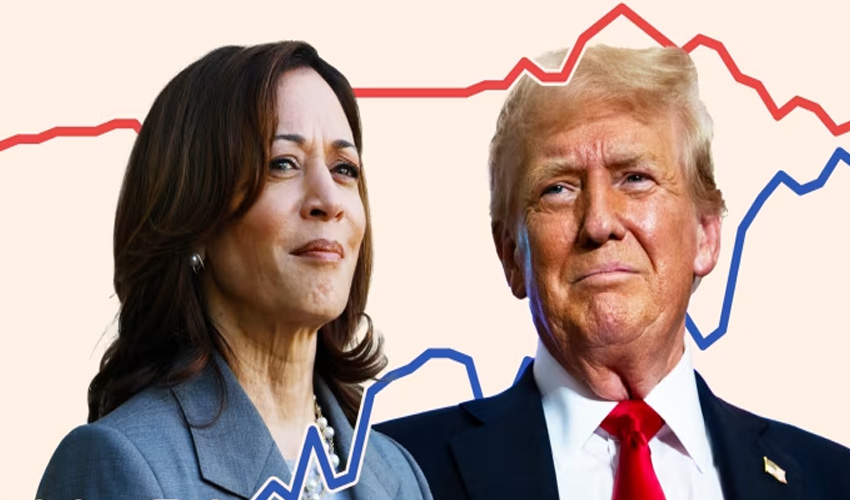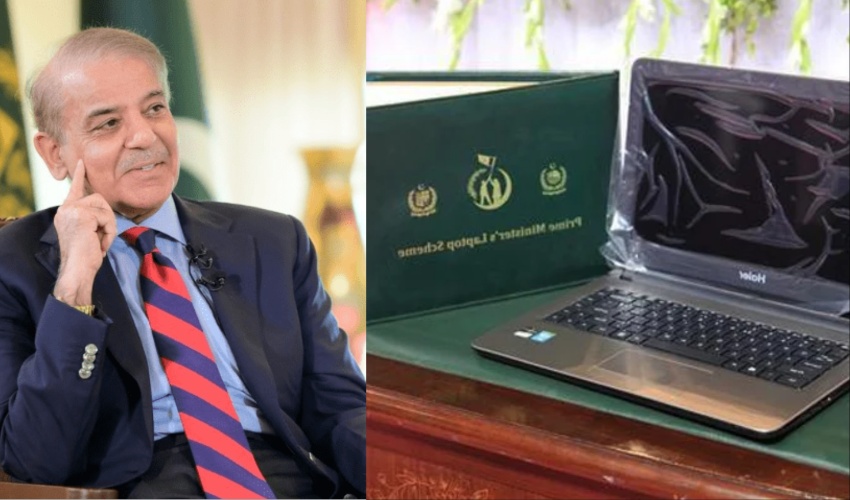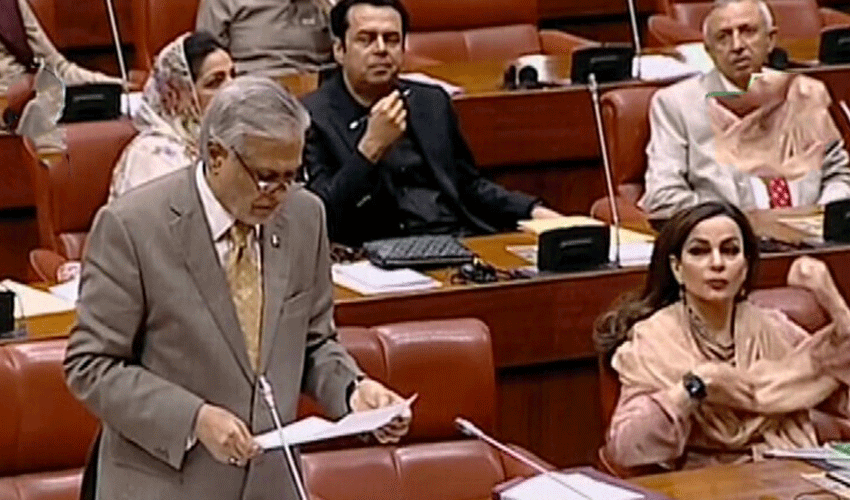With the 2024 US presidential election on the horizon, the political landscape has shifted dramatically. Vice President Kamala Harris, who stepped up to lead the Democratic ticket after President Joe Biden’s unexpected withdrawal, now finds herself in a high-stakes battle against former President Donald Trump. As the November election approaches, the question on everyone’s mind is: Can Kamala Harris beat Donald Trump?
Since Biden’s exit from the race and Harris’s subsequent announcement of her candidacy, the dynamics of the presidential race have evolved. The latest national polls reflect a competitive contest between Harris and Trump. According to FiveThirtyEight’s average of national polls, Harris holds a slim 2.8-point lead over Trump.
This margin indicates a tight race, but it also suggests a notable shift in voter sentiment since Harris’s entry into the race.
On August 12, Morning Consult released a poll of 11,778 registered voters showing Harris with a 3-point lead over Trump. This is significant because Harris has not trailed behind Trump in any of Morning Consult’s surveys since she began her campaign. This continuous lead highlights Harris’s growing momentum and the Democratic Party’s energized support.
Despite Republican attempts to downplay Harris’s lead as a “honeymoon phase,” her campaign has demonstrated consistent strength. The shifting voter landscape is further underscored by recent poll variations, illustrating the unpredictable nature of the upcoming election.
To get the latest updates and insights on US Election 2024 you can also watch my podcast below.
The race becomes more intricate when considering the battleground states—Arizona, Georgia, Michigan, North Carolina, Nevada, Pennsylvania, and Wisconsin. These states, crucial for a path to victory, show varied results. The latest New York Times/Siena College poll, conducted during Tim Walz’s introduction as Harris’s running mate, reveals Harris with a four-point lead in Michigan, Pennsylvania, and Wisconsin. This represents a significant shift from Biden’s previous standings in these swing states.
Conversely, a YouGov/CBS poll from early August indicates a deadlock in several battleground states, with neither Harris nor Trump securing a significant lead. In Georgia and North Carolina, Trump holds a three-point advantage over Harris, reflecting the historical Republican dominance in these states. This highlights the challenge Harris faces in solidifying support in traditionally Republican strongholds.
Demographic insights
Understanding voter demographics is crucial to predicting the election’s outcome. Trump’s core supporters include older white males and those without college degrees. However, recent polls suggest that Harris has made inroads among these groups, particularly among younger voters and Black voters, where she enjoys a substantial 68-point lead.
Harris’s appeal to young voters and women is noteworthy. Her campaign’s focus on issues such as reproductive rights, which have gained prominence since the Supreme Court’s reversal of Roe v. Wade, may help galvanize these demographics. Harris’s campaign has strategically targeted young voters and women, leveraging the increased voter registration and enthusiasm following Roe v. Wade’s overturn.
Despite her advantages, Harris’s campaign must address a perceived “personality gap.” While Harris scores higher than Trump on attributes such as intelligence and empathy, some voters view Trump as a stronger leader. This perception may influence undecided voters and those concerned about leadership qualities.
Vice-presidential picks
The selection of running mates also plays a crucial role in shaping the race. Harris’s choice of Tim Walz, Minnesota’s governor, as her vice-presidential pick, introduces a new dynamic to the campaign. Walz’s experience and political background could bolster Harris’s appeal, but the polls have yet to fully reflect his impact on voter sentiment.
On the Republican side, Trump’s pick of JD Vance, the author and Ohio Senate candidate, has sparked controversy. Vance’s approval ratings are notably low, and Republican opinions on his selection are divided. While some Republicans are supportive, others are skeptical about Vance’s ability to contribute positively to Trump’s campaign.
Electoral challenges and opportunities
Harris faces several challenges in her bid for the presidency. The Democratic Party’s association with Biden’s presidency, marked by high inflation and international conflicts, could impact Harris’s campaign. Trump’s ability to capitalize on these issues and his entrenched base of supporters remain significant hurdles for Harris.
However, Harris’s youth and energy provide a contrasting image to both Biden and Trump. At 59, Harris is considerably younger than both Biden and Trump, which may resonate with voters seeking a change in leadership. Her background as California’s Attorney General and her role as Vice President lend credibility to her campaign, particularly on issues related to crime and immigration.
The electoral landscape is further complicated by the need to win over independent and swing voters. Harris’s campaign will need to address pressing issues such as immigration, crime, and inflation to appeal to these critical voter groups. The ability to present a compelling vision for America’s future, contrasting with Trump’s divisive rhetoric, will be crucial.
Context and future outlook
Historically, only four sitting Vice Presidents have successfully transitioned to the presidency: John Adams, Thomas Jefferson, Martin Van Buren, and George H.W. Bush. Harris’s potential to join this exclusive group adds a layer of historical significance to her candidacy. If elected, she would not only become the first female president but also the first Black woman to hold the office.
The upcoming election is poised to be one of the most contentious in recent history. With both Harris and Trump having strong, albeit polarizing, support bases, the race will likely come down to key battleground states and voter turnout. The evolving nature of the polls and the political climate suggests a dynamic and unpredictable contest.
As the election approaches, voters will closely scrutinize Harris’s ability to present a cohesive and appealing vision for the future, while navigating the complexities of her candidacy and the broader political landscape. For live updates and detailed analysis, staying informed through reliable news sources will be essential as the race unfolds.
This election cycle promises to be historic, and the outcome will shape the future trajectory of American politics.


























